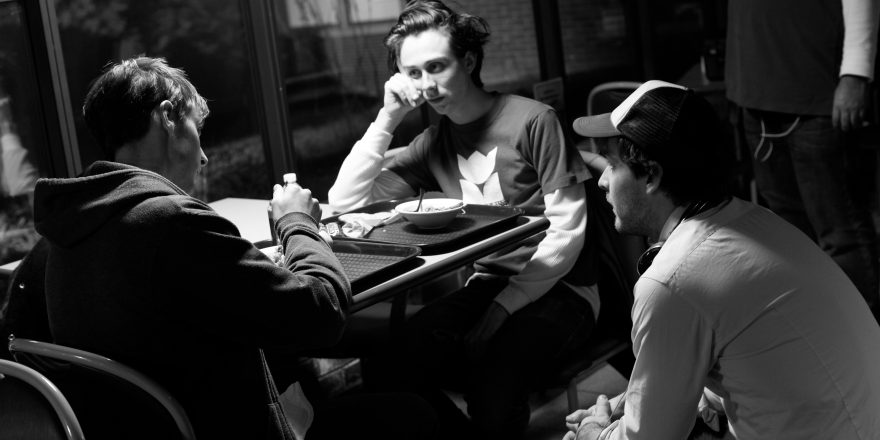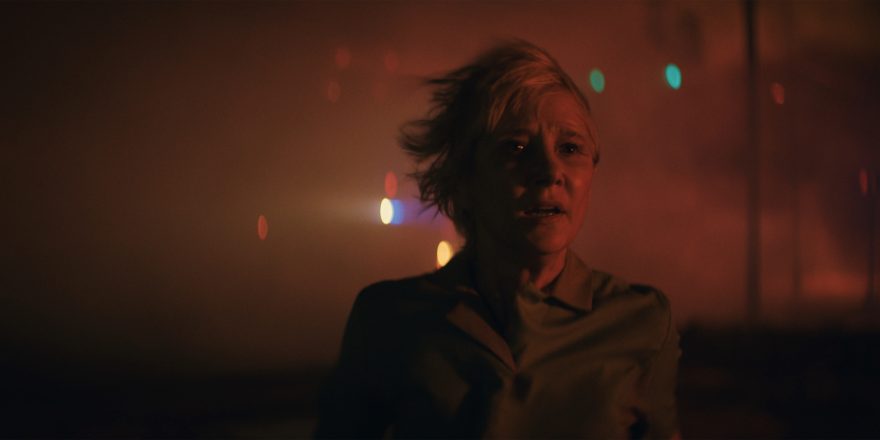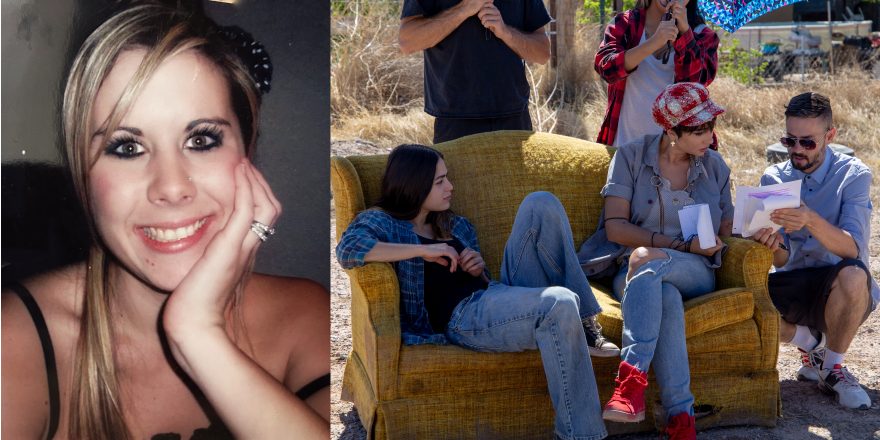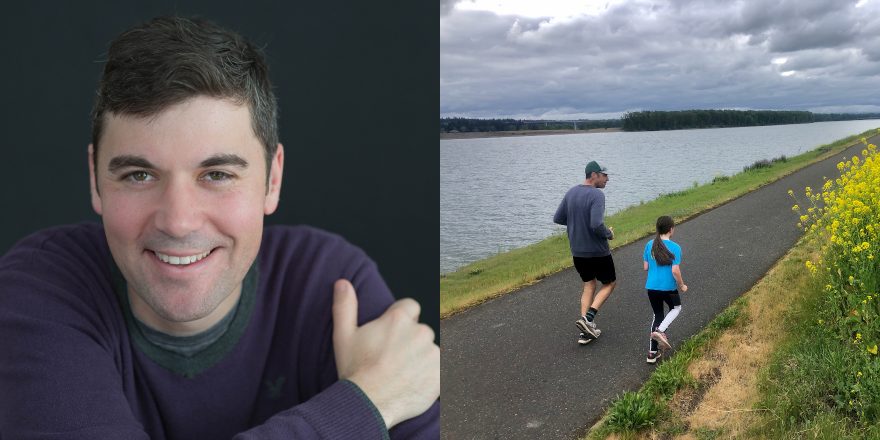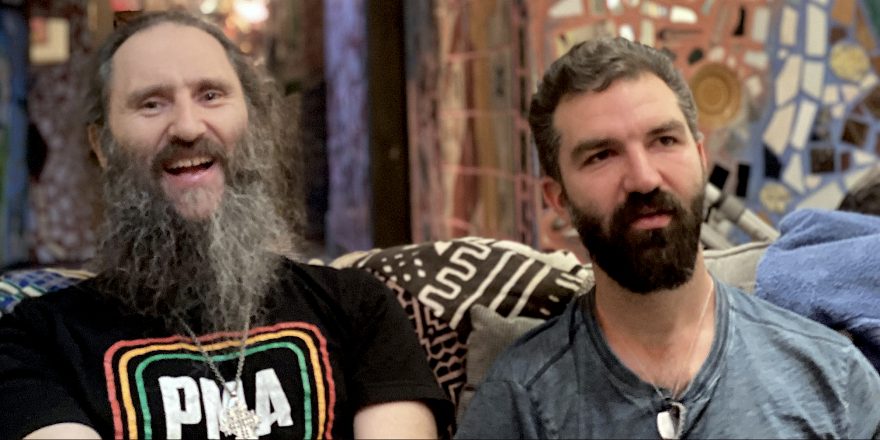As I write this, it’s Sunday and I’m about to head to New York and Los Angeles to attend the theatrical premieres of my first narrative feature film, Stay Awake. It’s also Mother’s Day, which is kind of appropriate, given that Stay Awake was inspired by the relationship I had with my mom as a teen. (Also, Happy Mother’s Day to my mom and all the moms out there.)
In a nutshell, Stay Awake is about two teenage brothers living in small-town America who do their best to help their mother manage her addiction to prescription drugs. While the process of making the film presented its challenges, it was also deeply rewarding – and surprised me in a way that, in hindsight, maybe shouldn’t have been surprising at all.
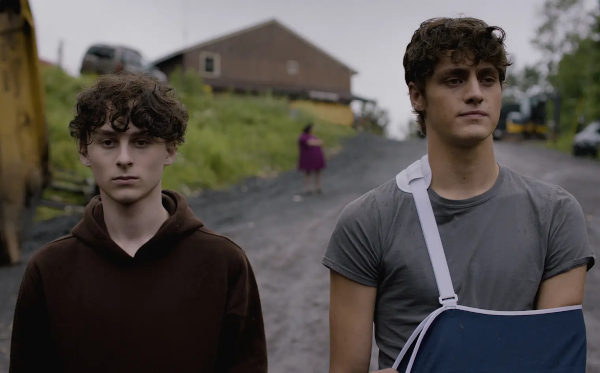
As a teen, I often felt very alone in dealing with my mom’s addiction struggles, so I’d look to other places – like movies – with the hope that other people’s stories would offer perspective and help me make sense of what I was going through at home. Long story short: the films I watched weren’t very helpful. Nearly all of them were told from the addict’s point of view, and not only that, nearly all of them also demonized the addict in some way. None of them felt truthful to my family’s experience. While we had problems, we also had a ton of love. Our situation always felt like a family story more than a story about an addict. As a result, I felt like I saw addiction differently than these other storytellers, and I developed a deep admiration for any addict who could come to the table every day to do their best to manage their disease, regardless of the outcome.
That’s why one of my very first goals with Stay Awake was to make the kind of film I needed when I was young, but couldn’t ever seem to find: an addiction story from the caretaker’s point of view. I wanted people to understand the roller coaster ride of helping a loved one manage their disease. I also wanted to humanize the addict in a way that makes you feel for them. But amid all the goals I sought out to achieve, I ended up missing the main way Stay Awake could be helpful – that is, until it started to play out right in front of me.
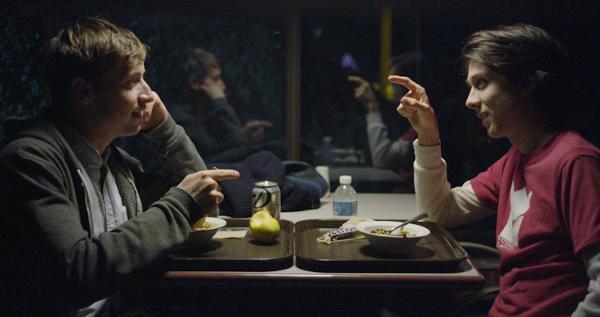
I first made Stay Awake as a short film. I think I needed to get the weight of my experiences off my chest, and to be honest, I didn’t think anyone would really care. Addiction was taboo back then. It still is today. With no major cultural dialogue taking place around the subject back when I was a teen, I didn’t realize just how many people are impacted by the disease. People (especially caretakers) don’t traditionally love to talk about addiction in their free time, fearing other people will look down on them or be scared off by their traumatic baggage. The only people I knew who struggled with the same issues were families I met at recovery centers or hospitals. And caretakers at recovery centers or hospitals are often so exhausted, they tend not to speak much at all.
So with that understanding, I was as shocked as I was excited when the short was accepted into the Berlin Film Festival. The premiere, however, wracked me with anxiety. I was about to reveal deeply personal parts of my life in front of people I didn’t know. Had I thought this through? Should I pull the film? When I first stepped foot in Germany, I decided then and there that I would never make another film that was so directly personal. The process of writing the story had been painful at times, and I’m no masochist. I had zero desire to continue mining my old traumas, especially since I’m (ironically?) a pretty private person.
However, everything changed after the first screening in Berlin. Once the film had finished, someone approached me to talk about their father, who was struggling with opioid addiction. Then another person came up to tell me about their sister struggling with alcoholism. And then another came up to speak with me about their aunt who had recently died of a Fentanyl overdose.
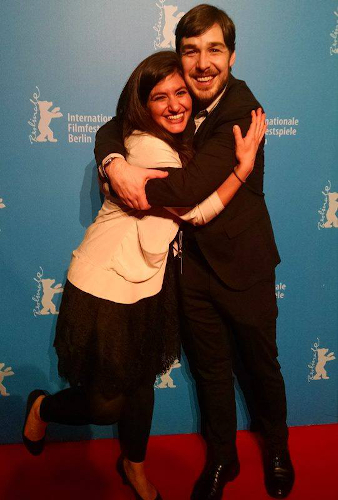
This scenario played out wherever the film was screened. For the many who came to speak with me, it seemed as though a levee had broken, and years of emotions came flowing out, because they knew I understood their situation. In essence, I became the film festival therapist of 2015, and nothing could have made me happier. I realized then that the greatest use for Stay Awake was simply to open the door for people to share their experiences with each other – the exact thing I’d wanted as a kid, but had somehow missed or lost along the way.
Around the same time Stay Awake was playing the film festival circuit, an unrelated narrative screenplay I’d written was gaining traction with some production companies in L.A., so I moved out there. But I never shook the connections I managed to establish with Stay Awake, and I ultimately decided to pivot and have a go at turning it into a feature. In truth, I had no expectation of how easy or hard that would be. Turns out, an indie drama about prescription drug addiction isn’t an alluring premise when you’re trying to attract financiers.
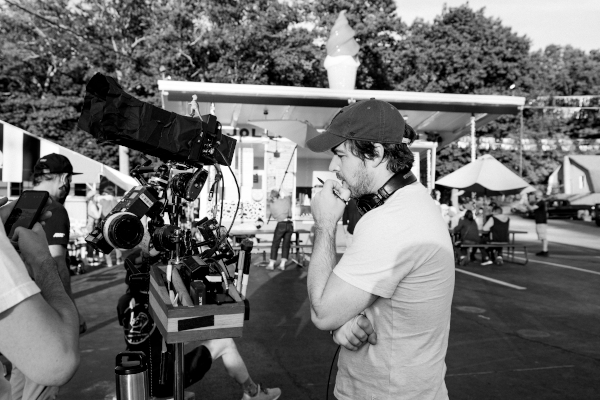
It took six years of hard work, luck and support from friends and collaborators (all of them angels, in my book) to get the feature version of Stay Awake finished. And when I say “luck,” I truly mean it. It felt and still feels like the U.S. indie film boat is slowly drifting out to sea, and I just barely jumped aboard before the opportunity floated away. While it’s always been difficult to make a movie if you don’t come from wealth or have easy access to money, it seems especially hard these days. And I can only imagine how difficult it would be if, on top of that, you’re trying to break into this system from a historically marginalized background. While putting the project together, I sold my car, maxed out all forms of credit and did dozens of odd jobs to make ends meet. I remember delivering Amazon packages one day in L.A., and one of the recipients was a very famous comedian. Despite my cross-country move to Hollywood, I never felt further away from filmmaking than when I got out of my decrepit 1999 Honda Civic to set that box down outside their palatial front gate.
Of course, my story is far from unique. Making indie films is tough, but everyone keeps doing what they can to push their boulders up the hill. Why? Because movies have the beautiful ability to put you in someone else’s shoes. Great movies are Trojan horses that allow you to express your voice and worldview while also entertaining people. The hardship is worth it. I don’t know how much or how little money was generated by the recent films of Charlotte Wells, Sean Baker, Tamara Jenkins, Diego Ongaro, Lulu Wang, Barry Jenkins, David Pablos or Channing Godfrey Peoples. But I can tell you how much their films have enriched my life. I hope these artists, and all the amazing artists I’ve met on the festival circuit, can continue to make work that collectively enriches our lives. I especially hope filmmakers from all classes and backgrounds will have more opportunities to tell little stories that can have big impacts, without risking financial ruin in the process.
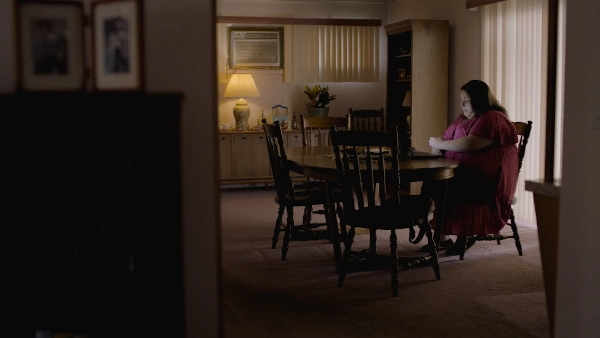
I’m realizing that the week leading up to Stay Awake’s premiere will be busy and stressful. I now live on a farm in Virginia. My normal day consists of walking my dog and seeing more deer than people. It’s stressful to suddenly switch gears to doing press and talking about myself ad nauseam. It’s stressful to worry about whether people will actually go see Stay Awake. Reviews can be stressful. However, the excitement outweighs the anxiety. I’ll get to reunite with my lovely cast and crew to collectively celebrate our collaboration. I’ll get to go back to one of my favorite cities in the world (New York) to play at one of my favorite theaters in the world (Film Forum) while eating some of my favorite food in the world (wontons at White Bear in Flushing).
So despite all the ups and downs over those six years, I can honestly say I would do it all again. The reason: early this year, our team started working with two dedicated people from the recovery community who are connecting Stay Awake with treatment organizations across the United States. The reception from the recovery community – witnessing the way the film is being used as a tool, and hearing from those who have shared their stories with me – makes everything worth it. After all these years, I feel like my love letter to caretakers has started to find its way to its intended destinations, and that means the world to me.
Featured image, showing Jamie Sisley with actors David Rysdahl and Owen Campbell during the making of Stay Awake (2015), by Miguel Martinez. All images courtesy Jamie Sisley.


